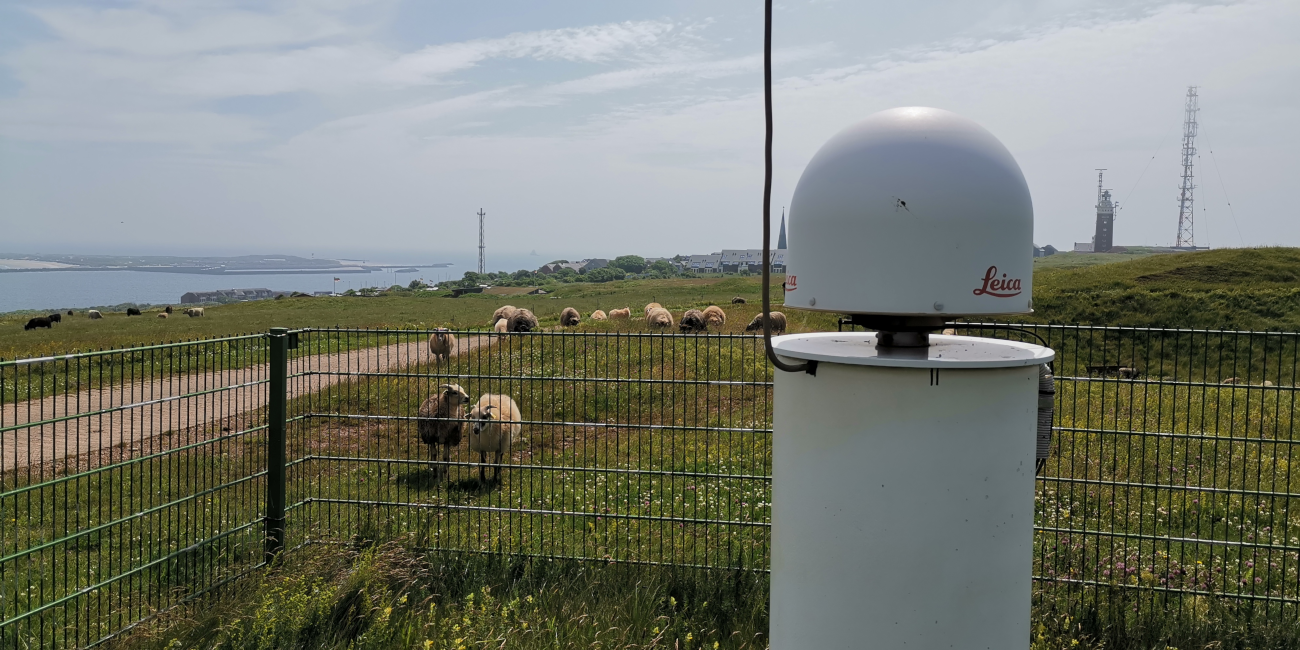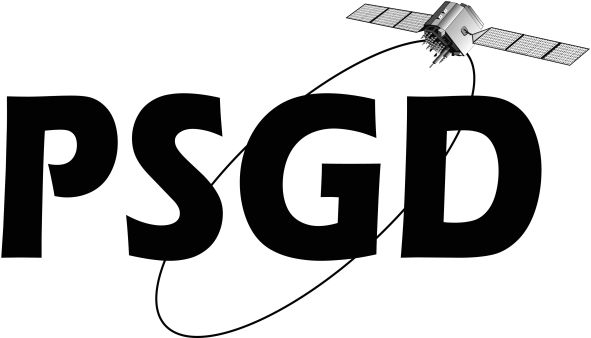The following technological progress has contributed to this trend:
- The new GNSS (beside GPS and Glonass there are now Galileo and Beidou, in addition there are regional satellite navigation systems as well as augmentation systems like e. g. WAAS and EGNOS) with a multitude of civil signals on multiple frequencies: under this prospect a development of optimal signal processing methods in hardware is too costly and quite inflexible. Contrary to this a software approach is flexible and much cheaper and by this very promising.
- The increased processor performance (especially by parallel computing based on multi-core processors) now enables digital signal processing in real-time even for signals with very high data rates as is the case for GNSS.
- The development of powerful and efficient as well as increasingly less expensive hardware for radio components and analog-digital-conversion of signals (here especially for RF front ends).
- A number of open-source projects in the field of software defined radio for reception and transmission of radio signals for different applications such as FM radio, communication, GNSS. Some of these projects have developed comprehensive, powerful and efficient software libraries and may serve as framework for further application development.
The project Multi-GNSS/Multi-Frequency Software GNSS Receiver of PSG is based on the two open-source projects GNU-Radio and GNSS-SDR. It aims at the development of a software GNSS receiver capable to handle all civil GNSS signals (with focus on GPS and Galileo). This concept is illustrated in the figure.
The primary field of application is high-precision automotive navigation including support for driver assistance systems as well as navigation and control of autonomous vehicles. This links to the project Integrated Navigation for Automotive Applications, which shall be provided with software GNSS modules, and from where dynamic state estimates from the sensor fusion filter shall be utilized for the control of the numerical oscillator, and for the aiding of acquisition and tracking loops. This feedback to aid the software GNSS receiver aims at a robustified GNSS positioning even under difficult signal reception conditions and to decouple the tracking quality from the dynamics of the motion.



